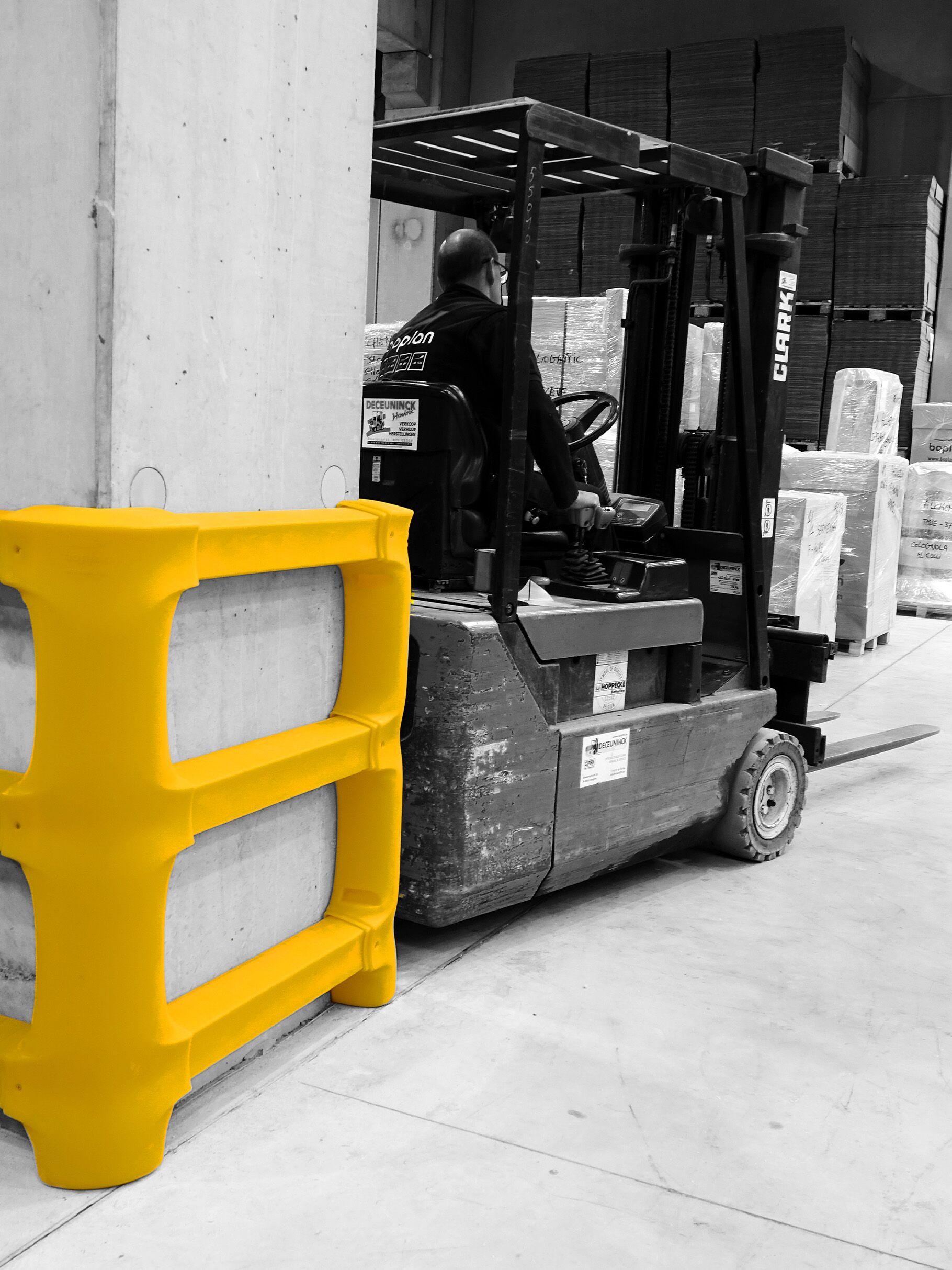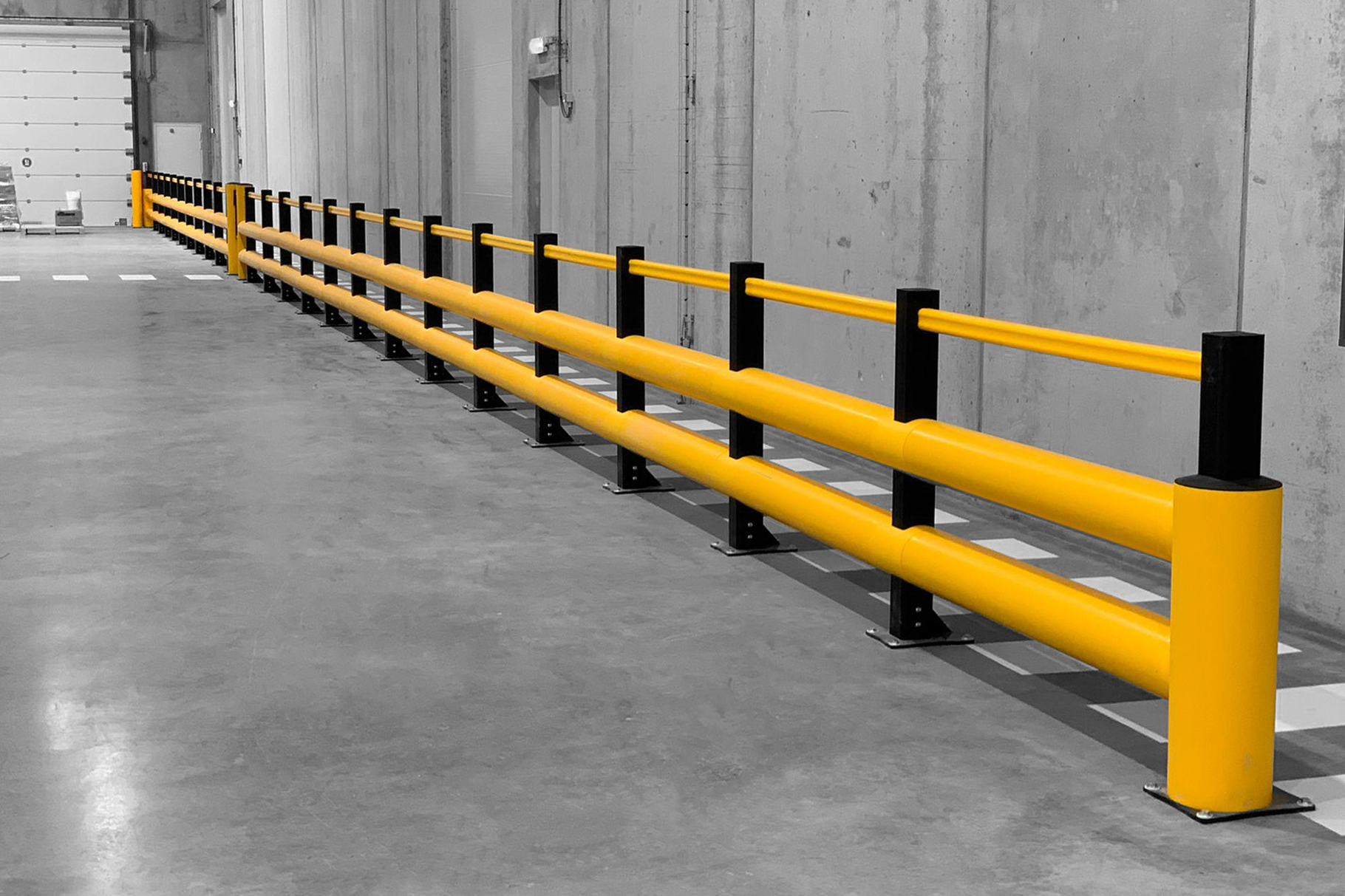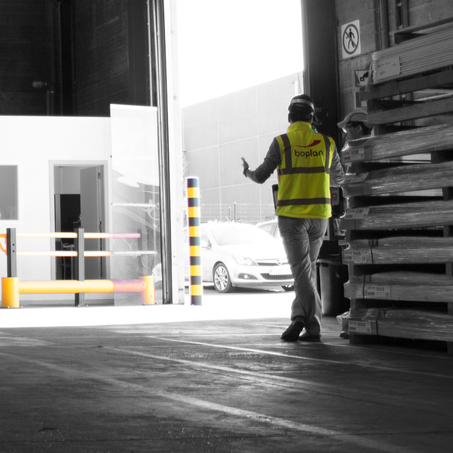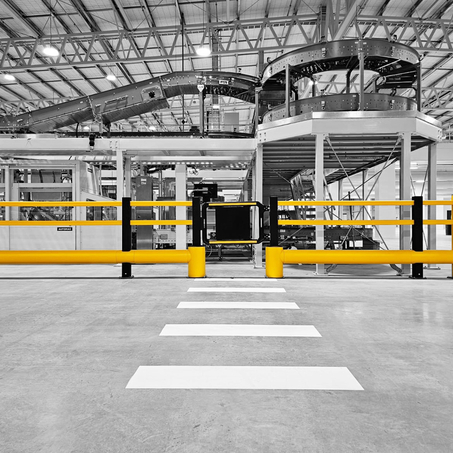How to conduct a risk analysis using the what-if method
A risk assessment is the first step toward ensuring a safe workplace. There are several methods to conduct a risk inventory and evaluation (RI&E), commonly known as a risk assessment. Below, we examine the what-if method, one of the simpler and quicker ways to conduct a risk assessment.

What if?
What is the what-if method?
The what-if method is a collaborative approach for identifying workplace hazards, allowing you to implement appropriate measures to ensure health and safety. Consider it a brainstorming session. You gather a group of employees to discuss potential hazards in the workplace. This group may include forklift operators, logistics employees, and/or staff who work near forklifts.
This method requires minimal preparation but also has little structure. To counteract this, break down the logistics process into various steps and then apply the what-if method to each one.
This provides an overall picture of the types of protection needed on the shop floor. Experienced workers can better identify where, for example, a polymer safety barrier or column protection should be installed.
- What if a forklift is to brake or swerve unexpectedly at location X or Y?
- What if a forklift tips over?
- What if the forklift operator makes a judgment error at location X or Y?
- What if the forklift malfunctions during loading?
- What if an employee unexpectedly enters a dangerous area?
- What if a forklift loses its load while maneuvering?
Questions like these should guide the brainstorming session.
What are the benefits of the what-if method?
The key benefit is that it requires minimal preparation, allowing for quick implementation. The only requirement is that the group represents different disciplines to prevent observations from being one-sided.
What are the drawbacks of the what-if method?
The what-if method is not ideal for navigating complex work environments. To overcome this limitation, divide the work environment into sections and apply the method to each individually.

After completing a risk analysis, the next logical step is to develop a traffic plan.
What should be done after a risk analysis?
In a traffic plan, you map the traffic flows at your workplace and identify the bottlenecks. For more information, read our tips on developing a traffic plan.



